Brzeszcze Jawiszowice 2023-08-31
Brzeszcze Jawiszowice railway station.
Geographic coordinates: 49.972N 19.128E.
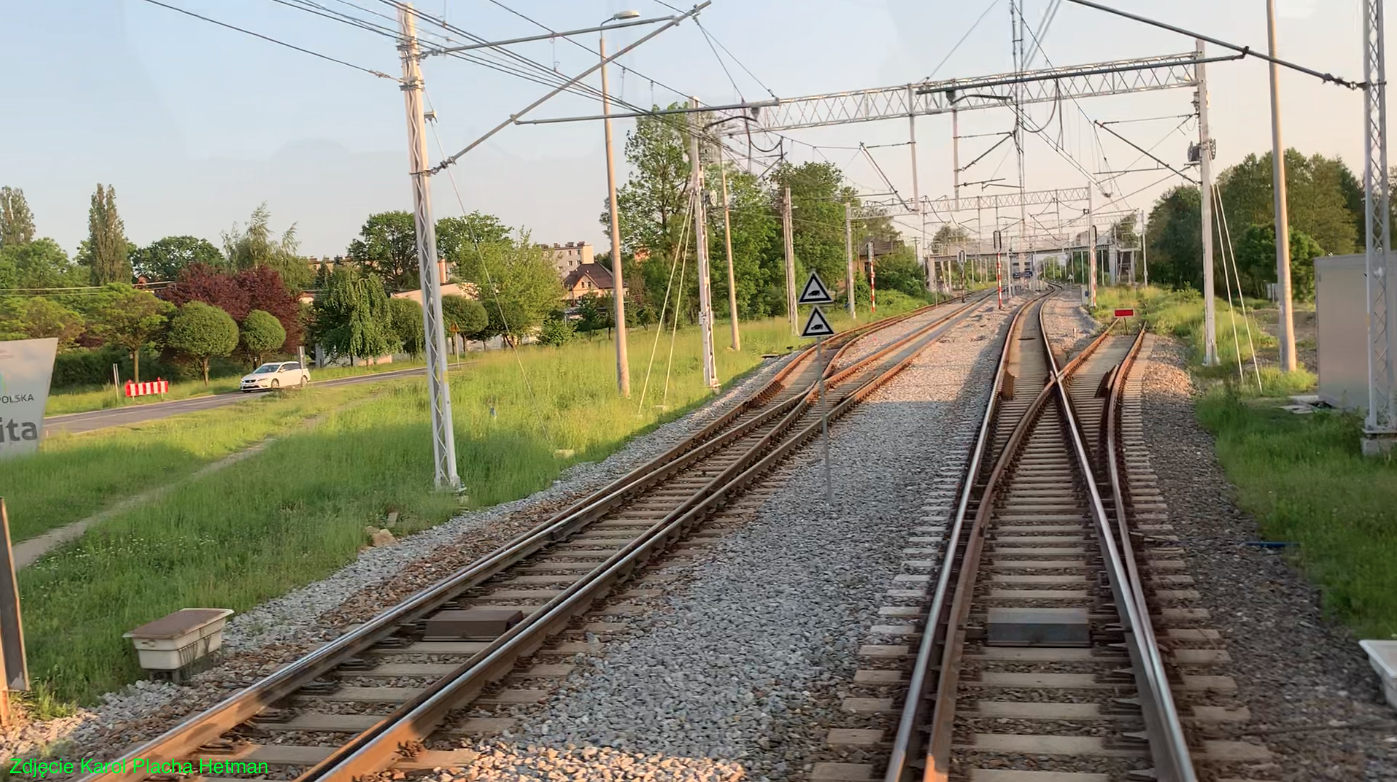
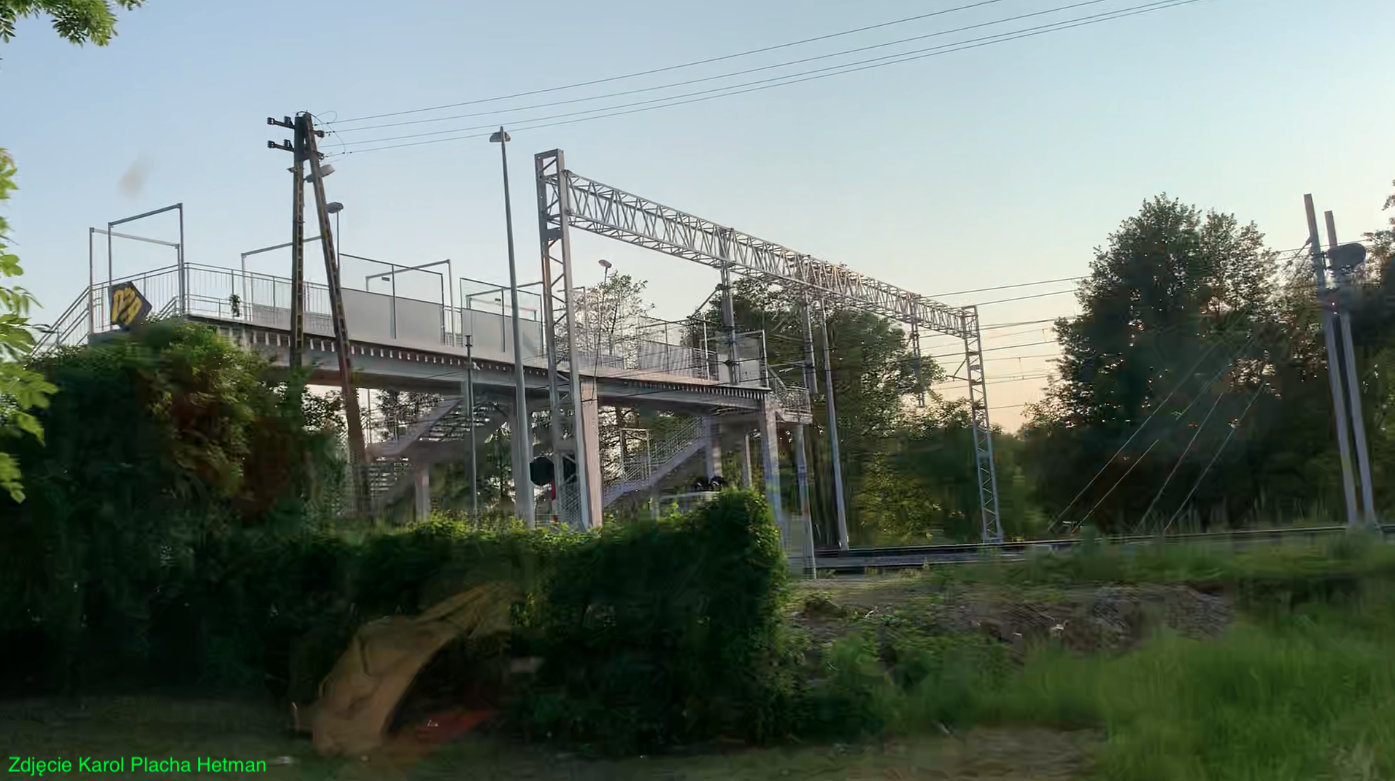
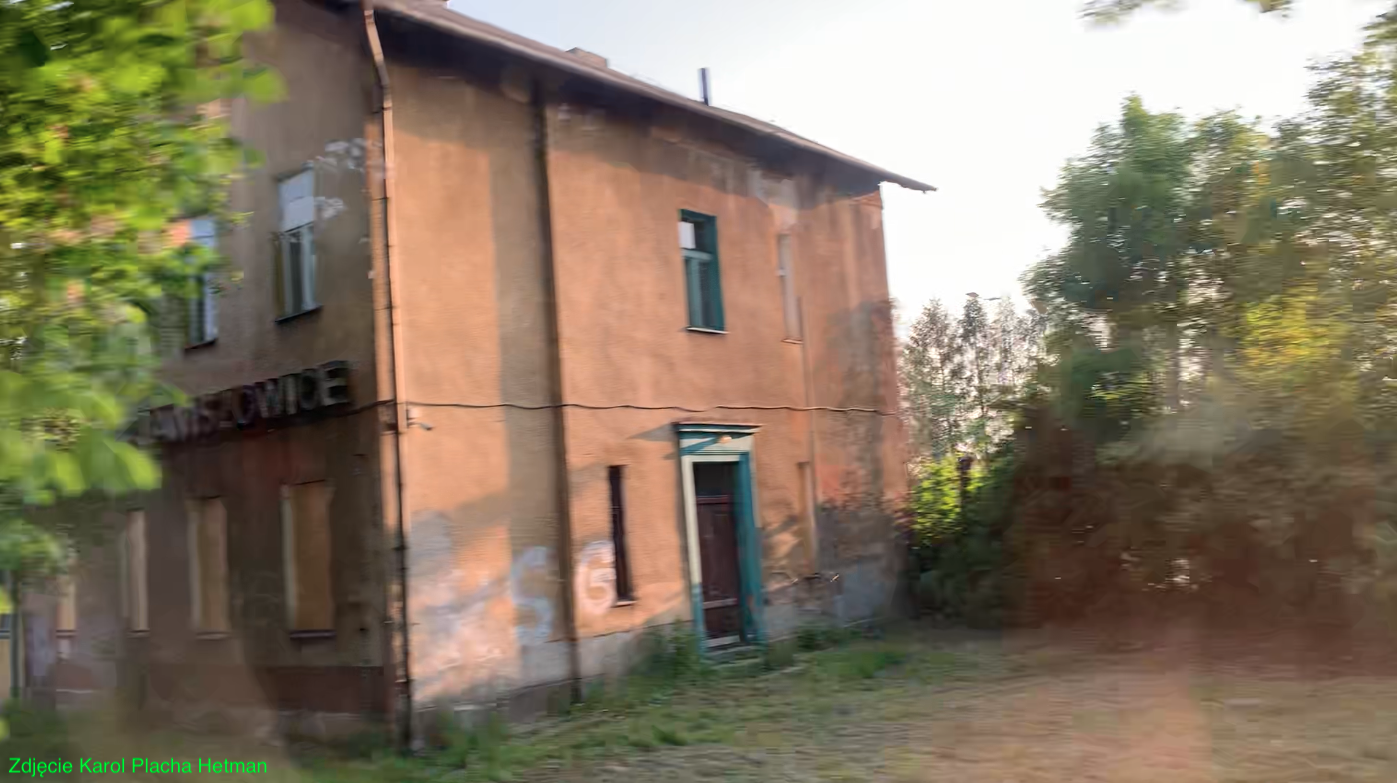
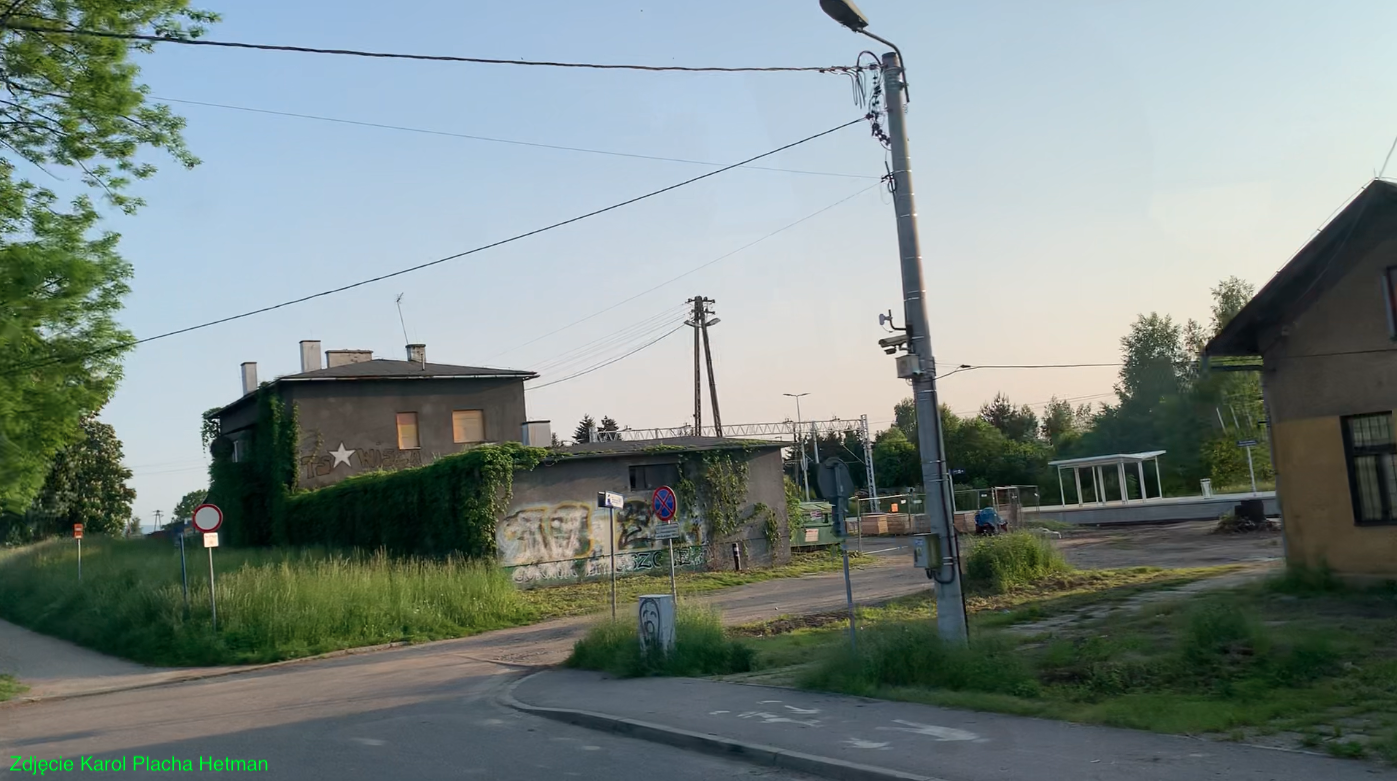
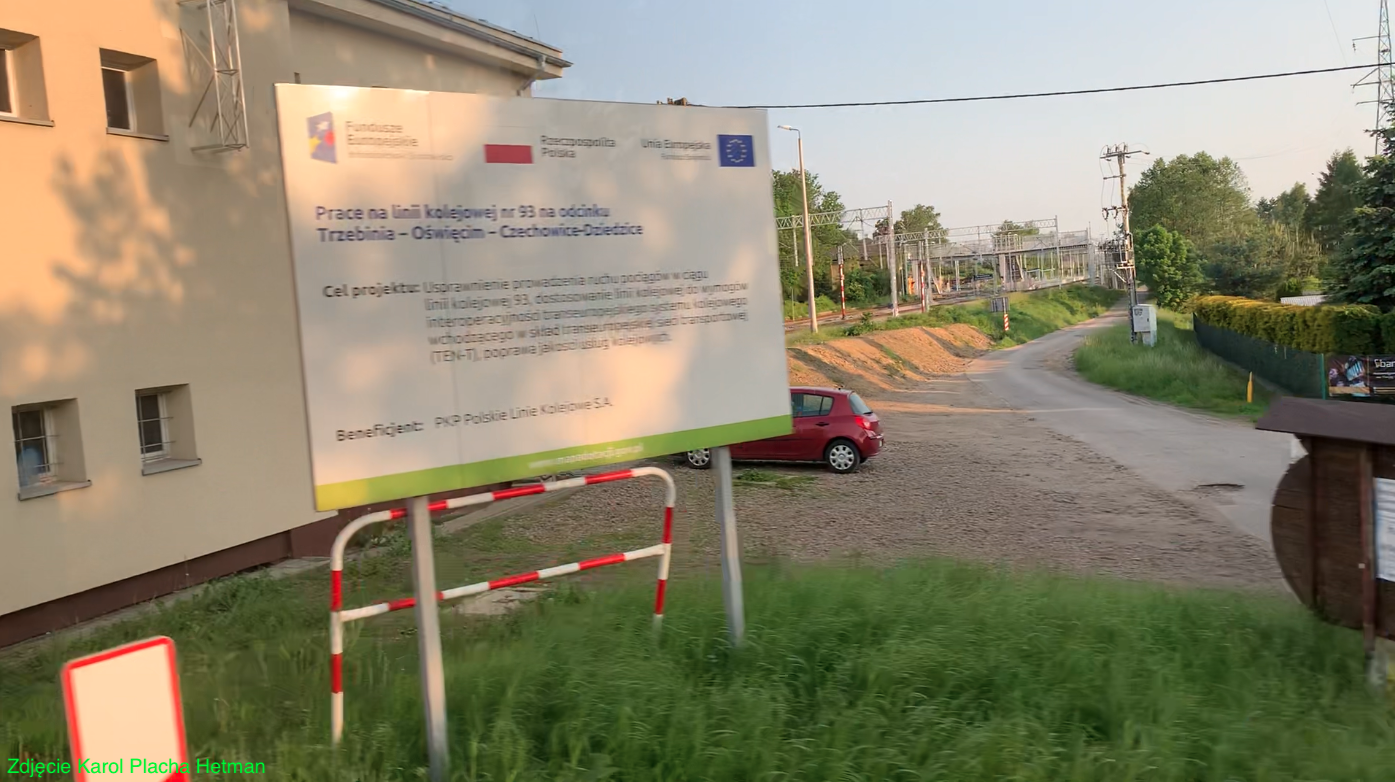
Brzeszcze Commune.
Brzeszcze is a commune in Western Lesser Poland. Brzeszcze is a commune located on the very edge of the Lesser Poland Voivodeship and borders on the Śląskie Voivodeship. The area of the commune is defined by rivers; from the east Soła, from the west the Vistula. Geographically, the commune is located in the Oświęcim Valley. The commune of Brzeszcze borders on the following communes: Oświęcim and Kęty (Małopolskie Voivodeship) and Wilamowice and Miedźna (Silesian Voivodship). The area of the commune is 4,613 hectares. The commune is inhabited by 21,000 inhabitants. The city of Brzeszcze itself has a population of around 12,000. The provincial road No. 949 runs through the commune, connecting the town of Brzeszcze with the provincial road No. 948 on the Kęty-Oświęcim section. There is also the provincial road No. 933 connecting Pszczyna with Oświęcim and Chrzanów, which further connects to the A4 motorway.
The Roman Catholic parish church of Saint Urban was built and consecrated on August 29, 1876. The inhabitants of the village built the temple in just two years, relying solely on their own financial resources and their own work. Previously, the inhabitants of the commune used the parish church in Oświęcim and the nearby church in Jawiszowice.
The Stara Kolonia residential estate is located in the vicinity of the mine, at Górnicza and Kościuszki Streets. The estate consists of fourteen multi-family buildings in a regular arrangement of parallel rows. Between the individual rows of blocks there are common backyards with low, brick outbuildings and gardens, where mainly vegetables were grown. It was the first urban housing estate in Brzeszcze, built in 1903-1909. At the same time, on the other side of today's Kościuszko Street, a complex of single-family houses for the management, engineers and foremen was erected, called the Clerk's Colony.
In the period 1914-1921, about 150 men from Brzeszcze participated in the fights for regaining independence by Poland and defending the borders of the reborn Republic of Poland. Many of them died. They fought in different armies, against different enemies, but the goal was always one: to revive and defend the independent Republic of Poland.
During the Second World War in Jawiszowice (Jawischowitz) there was a German camp for forced laborers. Shortly after the outbreak of World War II, the Germans incorporated the entire Silesia into their borders. A brutal period of persecution of the Polish population in Silesia began, for which numerous forced labor camps and concentration camps were set up. Among the 45 camps in southern Poland, later transformed into sub-camps of KL Auschwitz-Birkenau, the Arbeits Lager Jawischowitz sub-camp had one of the highest mortality rates among the prisoners who were called subhumans. Everyone was aware that being sent to the sub-camp in Jawiszowice could result in a quick death. In the history of concentration camps, Arbeits Lager Jawischowitz was the first camp conceived as a back-up for the labor force of prisoners to work in the mine. Also in Brzeszcze there was a sub-camp of the KL Auschwitz concentration camp in Brzeszcze in Bora. There was also a sub-camp in Budy. In Bór and Budy, until 1942, there were mainly women of Polish nationality, and then also Polish Jews and Jewish women from other European countries.
The community of the Brzeszcze commune, as an urban community, is a young organism. Among the current inhabitants of Brzeszcze, there are few people with several generations of roots here. All because of many years of discrimination against people of Polish nationality in Silesia. There were periods when over 80% of the population spoke Polish, and in addition most of them were bilingual. Currently, the population of the commune is predominantly a population of immigrants from various parts of Poland, most often from rural areas, to work in the mine, their children and grandchildren.
Brzeszcze Jawiszowice railway station.
Until 1978, the station was called Jawiszowice. Only during the Second World War the station bore the German name of Jawiszowitz. From January 1, 1979, the name was changed to Brzeszcze Jawiszowice.
The Brzeszcze Jawiszowice railway station is located on the railway line No. 93 Trzebinia - Zebrzydowice. The line is 81.408 km long and electrified. The maximum speed is 120 km/h. Line No. 93 runs from east to west and runs through the Małopolskie and Śląskie voivodeships. The line is of national importance.
Line No. 93 Trzebinia - Zebrzydowice was established in the second half of the 19th century, intended for the transport of goods in the south-western direction, to Austria-Hungary, Ostrava.
On December 17, 1855, the section from Dziedzice (Czechowice Dziedzice) towards Ostrava was opened. However, on March 1, 1856, the Trzebinia - Dziedzice section was launched.
In 1964, the section Czechowice Dziedzice - the Polish-Czechoslovak border was electrified. In 1971, the Trzebinia - Czechowice section was electrified.
Brzeszcze Jawiszowice station in passenger traffic was served by PolRegio and Koleje Śląskie. In December 2015, passenger traffic was suspended, replacing it with substitute communication. At that time, major repairs were started on the trail. Over a dozen kilometers of tracks, many turnouts and the catenary were replaced. As a result of the repairs, the speed of trains increased to 120 km/h, and even to 160 km/h on the section up to the border. Freight trains can run at speeds of up to 70 km/h. The renovation contributed to improving the service of trains that transport hard coal and other goods.
On October 1, 2017, the renovation was completed and railway connections were restored. A new connection between Kraków Główny and Czechowice Dziedzice was launched, operated by PolRegio. From 2019, InterCity trains running through Brzeszcze Jawiszowice do not stop at the station. The ticket offices in the station building have been liquidated. Passengers use ticket vending machines for PolRegio and Koleje Śląskie trains.
In the period 2018-2021, the second stage of revitalization of railway line No. 93 was carried out on the Oświęcim – Czechowice-Dziedzice section. 63 km of tracks were renovated, 106 turnouts were replaced, 13 road-rail crossings were modernized and 45 engineering structures were renovated.
From 2022, the number of passenger connections between Kraków and Oświęcim was increased to 9 pairs of PolRegio trains. The section Czechowice - Zebrzydowice is operated by the local government company Koleje Śląskie. From 2022, the Brzeszcze Jawiszowice station was served only by the PolRegio Kraków Główny - Czechowice Dziedzice route, with 5 pairs of trains per day.
Brzeszcze Jawiszowice station has a station building and two platforms. Platform 1 is facing the station and has one edge. Platform 2 is island and has two edges. There are four main tracks at the station. The platforms are connected by a footbridge, which also leads to the other side of the tracks. The movement of trains is carried out by signal boxes "BJw" and "BJw1", which have centralized mechanical devices with traffic lights. The turnouts have electric drives. Both signal boxes also support barriers at railway crossings; in the north, Pszczyńska Street (DW No. 933), in the south, Lisicka Street. There have never been railway technical facilities at the station. In 2022, the station served up to 20 passengers per day.
Written by Karol Placha Hetman
